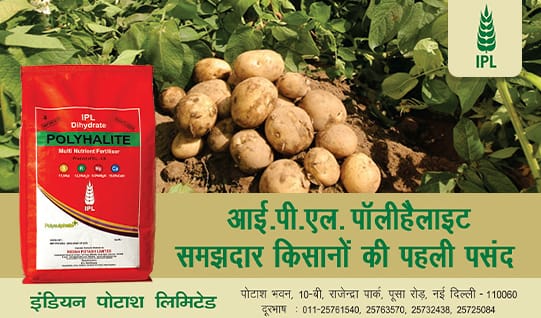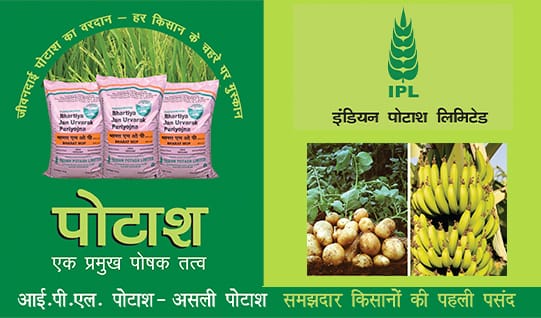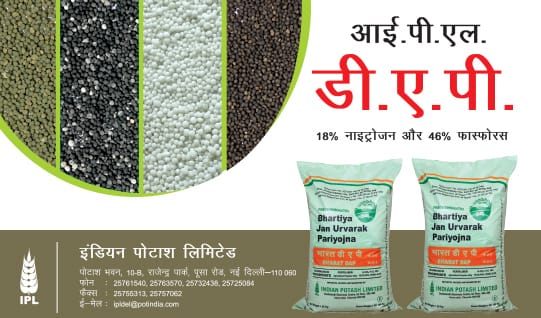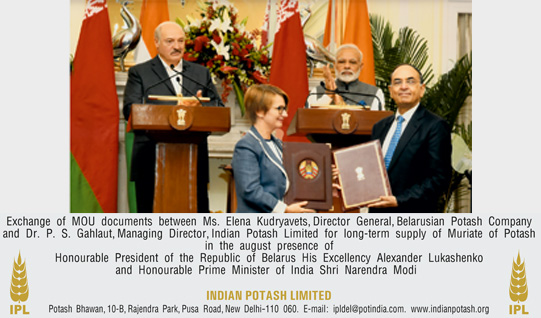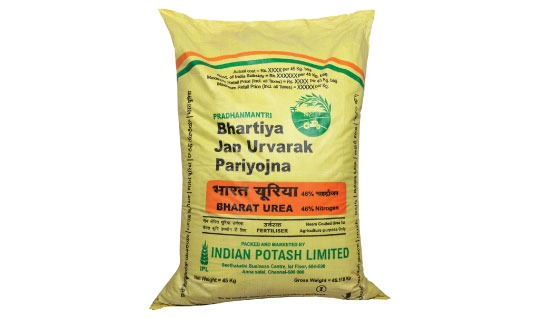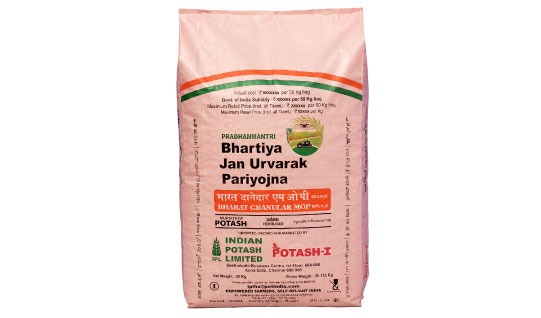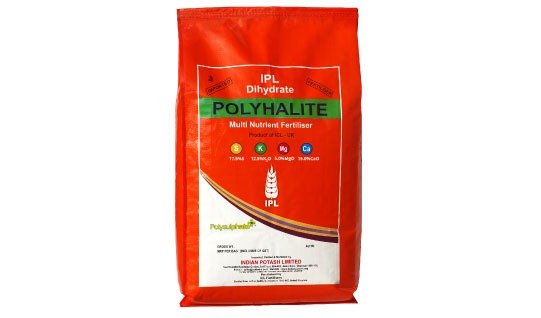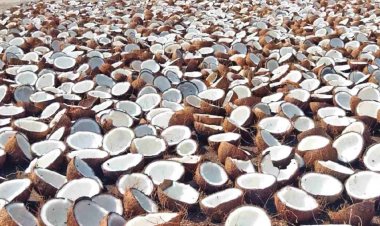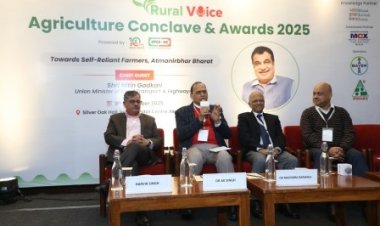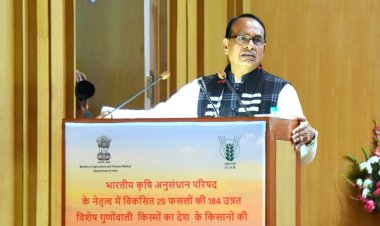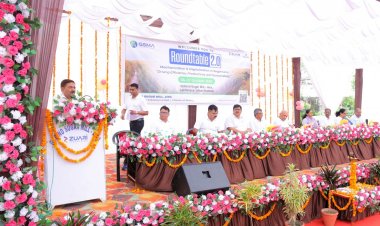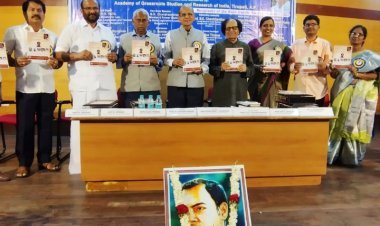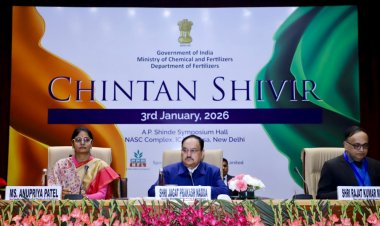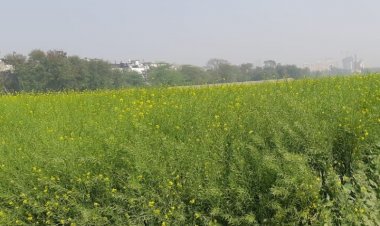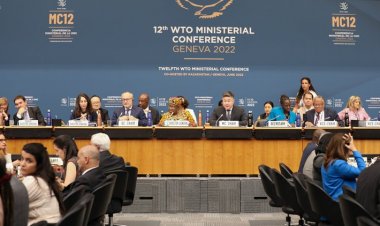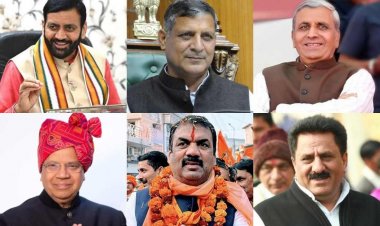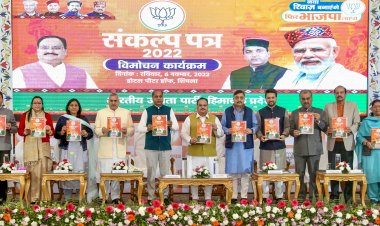Trump Targets India’s Agricultural Market
While naming India, the “Fair and Reciprocal Plan” states that India’s average tariffs on agricultural products is 39%, but on the same set of products, US’ import tariffs are, on an average, 5%. The Plan also states that India imposes 100% import tariffs on motorcycles, while US’ import tariffs on Indian motorcycles is only 2.4%.

Hours before Prime Minister Narendra Modi met President Donald Trump in the White House, the US President announced the “Fair and Reciprocal Plan” on trade, in which he explicitly targeted India for the first time. Though India had indirectly been targeted earlier when President Trump had imposed 25% tariffs on steel and aluminium, two products in which the US is India’s largest export market, this is the first time that India was identified as a country that was adversely affecting US’ interests. The stated objective of the “Fair and Reciprocal Plan” is to restore “fairness in US trade relationships” and to counter “non-reciprocal trading arrangements”.
Explaining the rationale for initiating this measure, the Presidential Memorandum argued that the US is one of the most open economies, imposing import tariffs that are among the lowest in the world. The US also imposes fewer barriers to imports than other major world economies, but its partner countries impose import tariffs on their imports from the US. Further, US products face “unfair, discriminatory, or extraterritorial taxes imposed by the trading partners on US businesses, workers, and consumers, including a value-added tax”. In other words, US’ trading partners keep their markets closed to its exports. This lack of reciprocity, according to the US President, is unfair and contributes to the US’ large and persistent annual trade deficit, all of which can be remedied by using “reciprocal tariffs”.
While naming India, the “Fair and Reciprocal Plan” states that India’s average tariffs on agricultural products is 39%, but on the same set of products, US’ import tariffs are, on an average, 5%. The Plan also states that India imposes 100% import tariffs on motorcycles, while US’ import tariffs on Indian motorcycles is only 2.4%. Using these examples, the Trump Administration has tried to establish the absence of “reciprocal tariffs” between India and the US, the US President has signalled that he would ensure that “reciprocal tariffs” are enforced.
Forcing India to accept “reciprocal trade” in agriculture could imply slashing India’s tariffs on agricultural products to bring them at par with that of the US or imposing high tariffs on US’ imports of agricultural products from India. Either approach is tantamount to unfair trade as the US would be violating the multilateral trade rules administered by the World Trade Organization (WTO). Members of the organization impose tariffs in keeping with their commitments taken three decades ago, and they are not permitted to unilaterally alter their tariffs, nor can they force other WTO members to alter theirs. More importantly, under WTO rules, developing countries enjoy “special and differential treatment”, which among other things, allows these countries to impose higher tariffs on imports as compared to their developed country counterparts. In other words, developing countries benefit from “non-reciprocity” in the imposition of tariffs under the WTO rules.
The Trump Administration’s penchant for unilateral imposition of trade policy measures on partner countries would certainly put India at a disadvantage during the proposed BTA negotiations. In all its bilateral free trade negotiations thus far, India successfully argued with its partner countries to exclude major agricultural products in order to provide adequate protection to small farmers, and to prevent these farmers from facing unfair competition from the agri-business companies in the Western world. However, unlike in the past, India is less likely to succeed in excluding major agricultural products like cereals from the scope of the BTA negotiations as the Joint Leaders’ Statement mentions that the two countries would work together to increase trade in agricultural goods.
India should be concerned regarding the imposition of “reciprocal tariffs” as its agricultural sector is being targeted. Using this policy instrument, President Trump’s intent on prying open India’s agricultural markets for US’ agri-business companies. These companies have been dominating the global agricultural market, especially with the help of the ever increasing levels of government subsidies. It has long been recognised that large volumes of farm subsidies distort agricultural markets, making it impossible for the developing countries to either enter the global markets or to protect their own markets, after the IMF and the World Bank compelled most of these countries to liberalise their economies in the 1990s. In the multilateral trade negotiations leading up to the formation of the WTO, the agricultural subsidies were expected to be reined in. However, contrary to expectations, US farm subsidies have increased from $61 billion in 1995 to $217 billion in 2022. Furthermore, while farm subsidies in India are provided for the realisation of domestic food security and rural livelihoods, the beneficiaries of subsidies in the US are the agri-business companies in large global operations.
This implies that Trump Administration’s use of reciprocal tariffs to pry open India’s domestic agricultural markets would raise the spectre of unfair competition between India’s small farmers and the large agri-business companies. This will sound the death knell for the already crisis-ridden Indian agriculture and, consequently, economic disruption in rural India caused by large scale loss of livelihoods. A large country like India can ill-afford to give up its hard earned self-sufficiency in food grains, which helped the country to not only overcome its dependence on imported wheat from the US, but to also escape from US’ unwarranted interference in India’s domestic policies. Since the mid-1960s, every government in India has steadfastly protected the country’s agriculture and the large workforce dependent on agriculture, and the Modi government must ensure that maintenance of the status quo. The economic and political costs for not doing so could be considerable.
(The writer is Professor, Jawaharlal Nehru University (Retd) and Distinguished Professor at Council for Social Development)



 Join the RuralVoice whatsapp group
Join the RuralVoice whatsapp group
